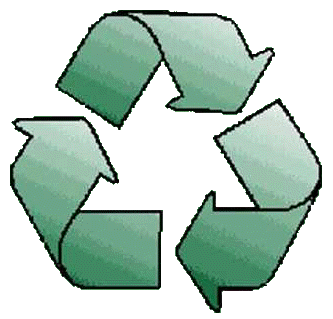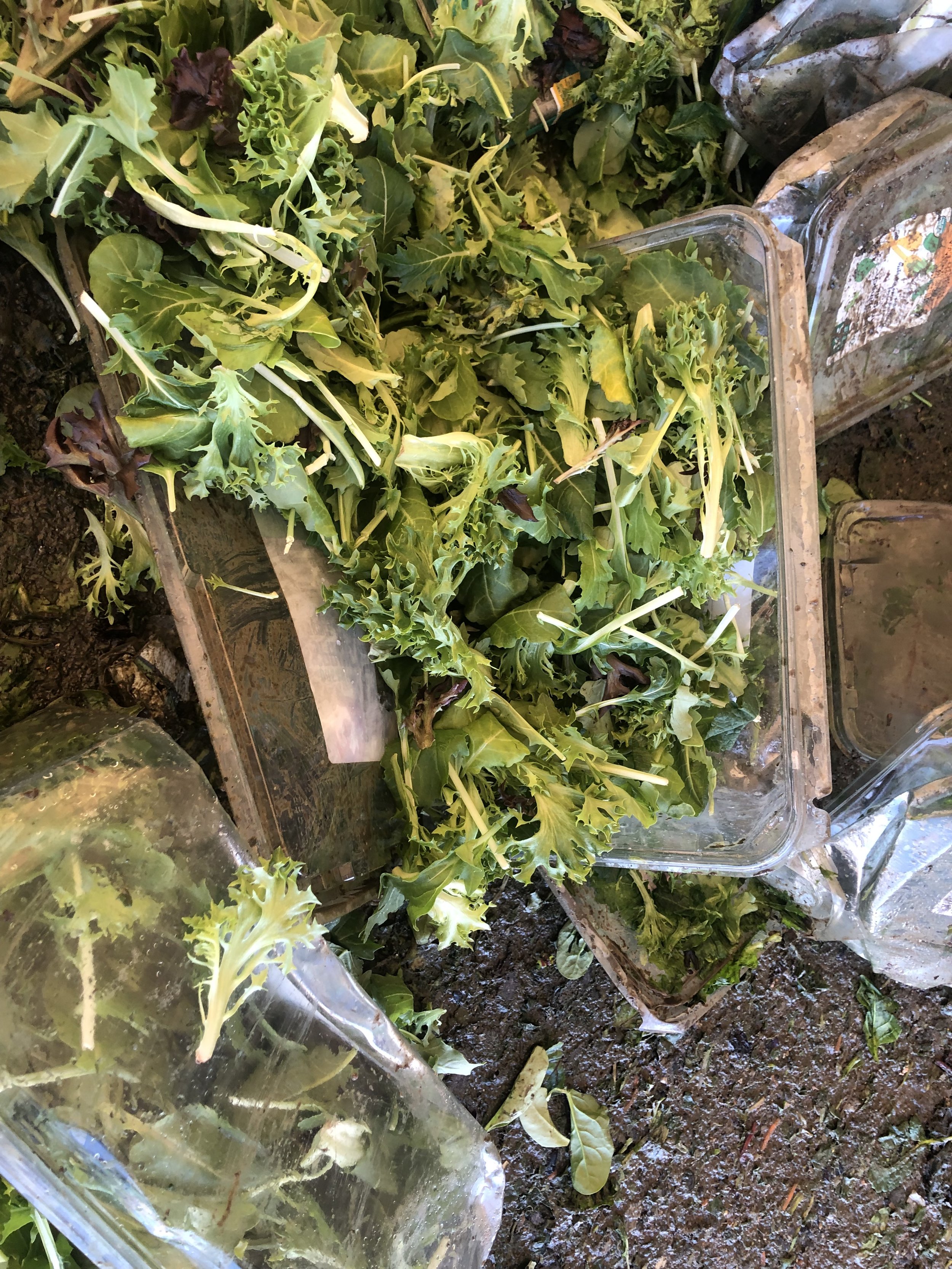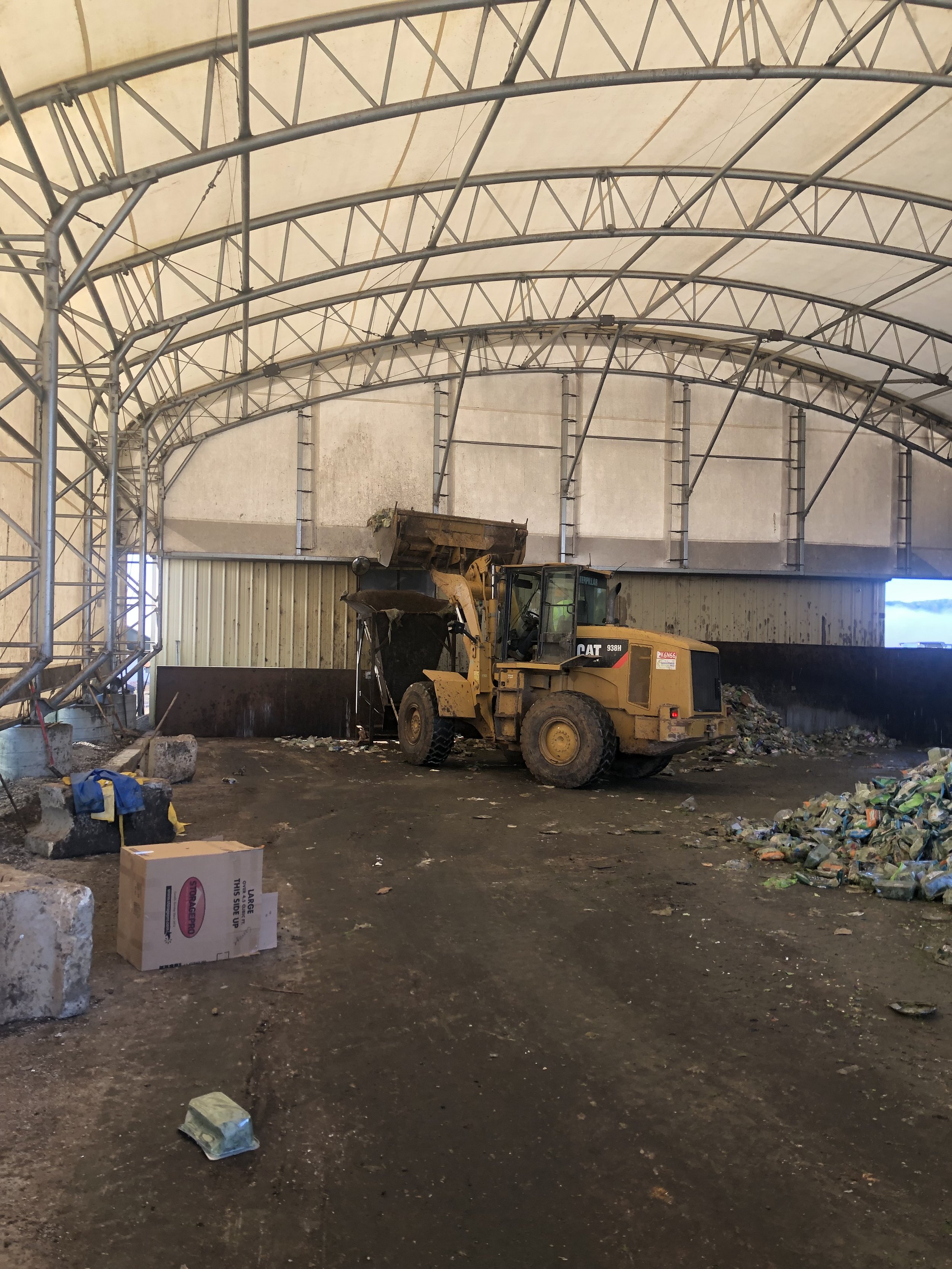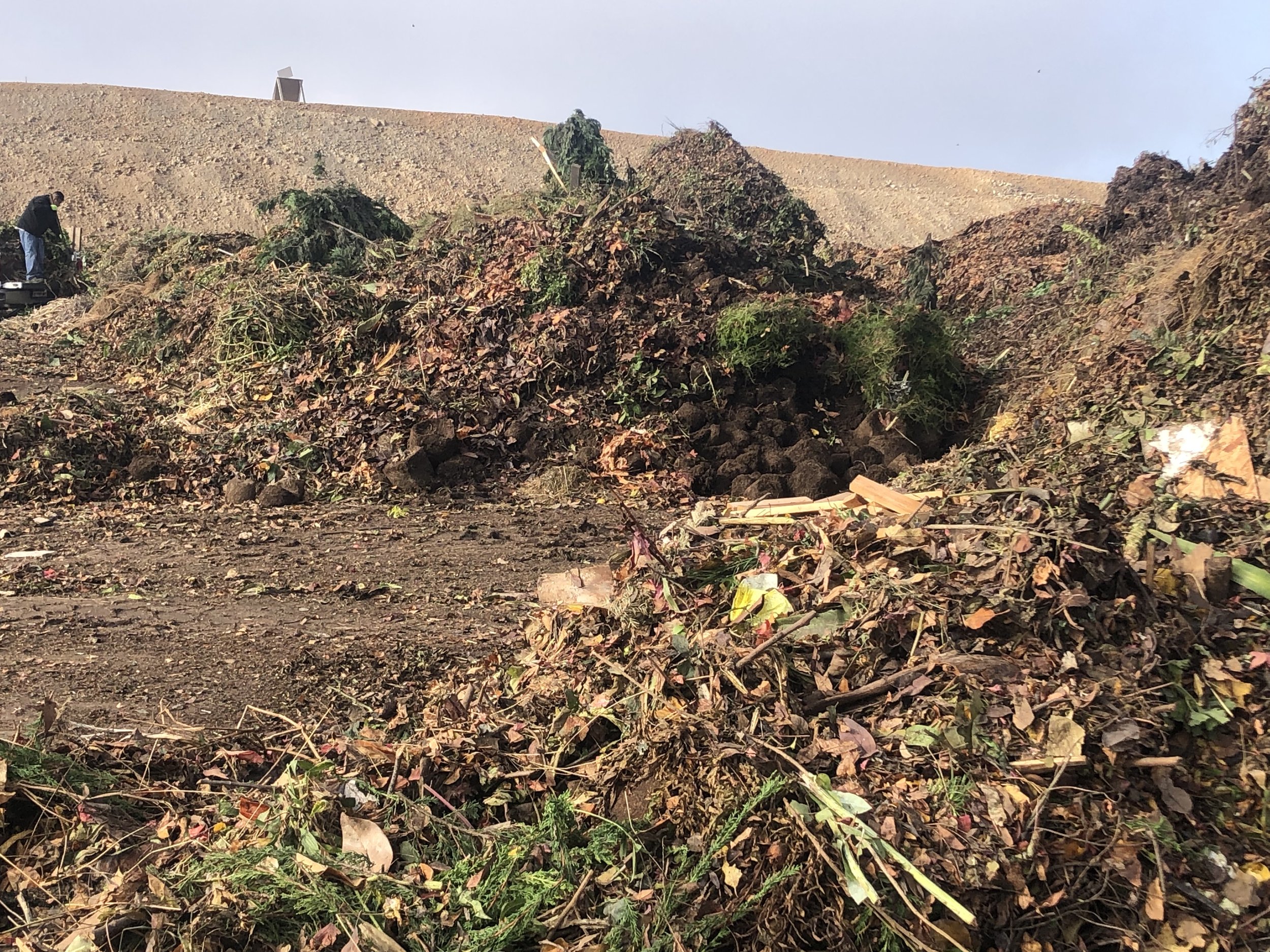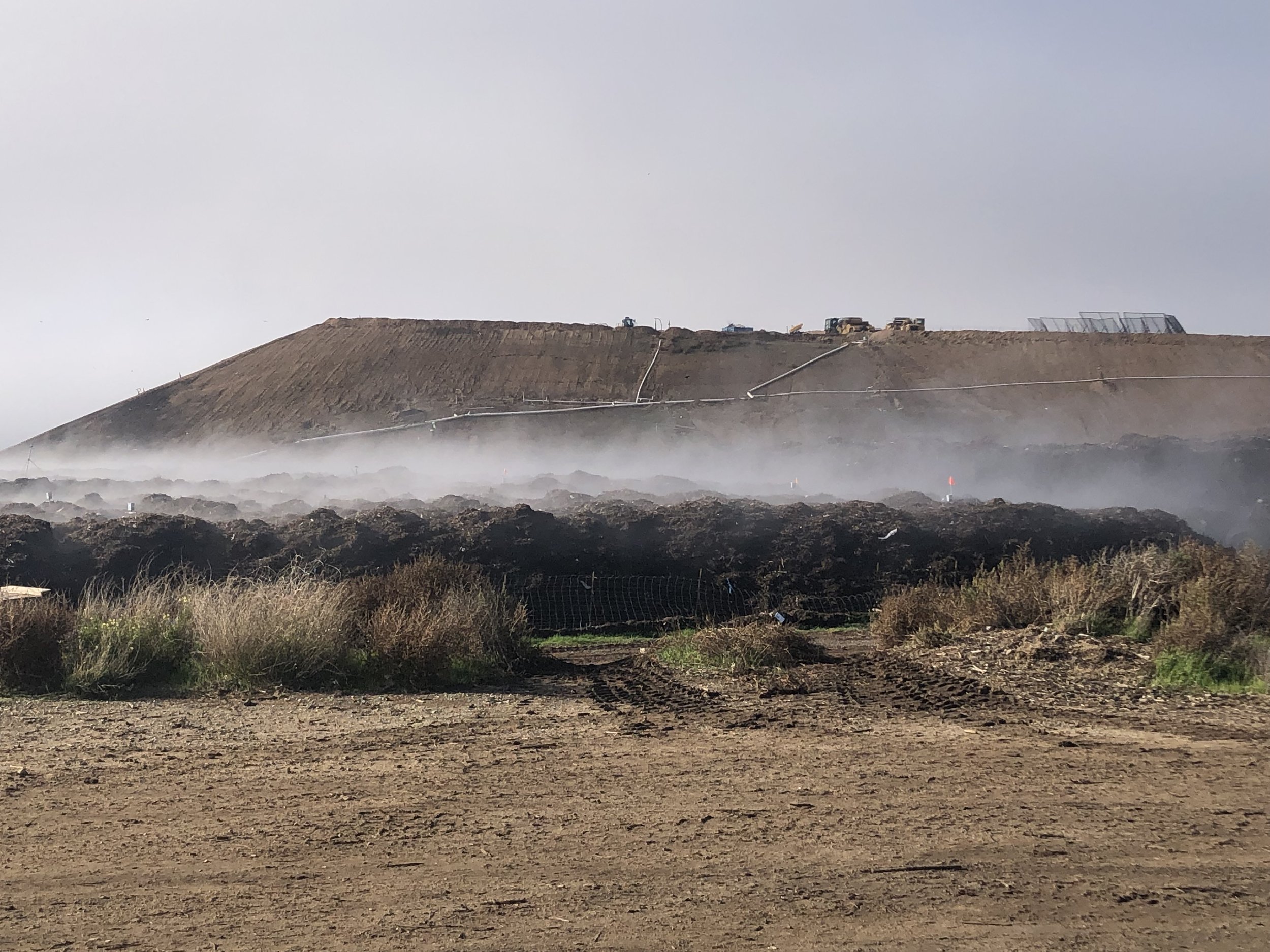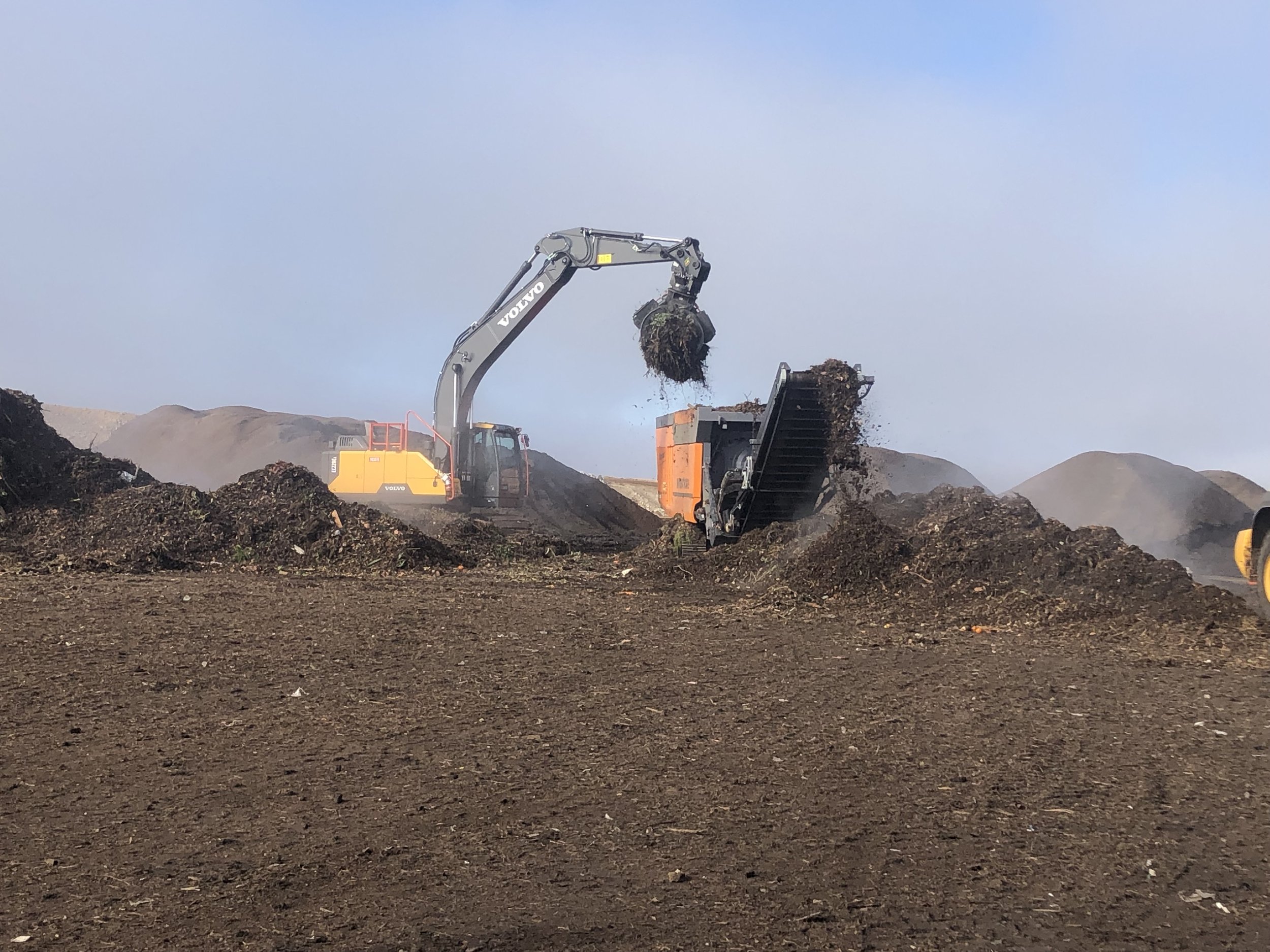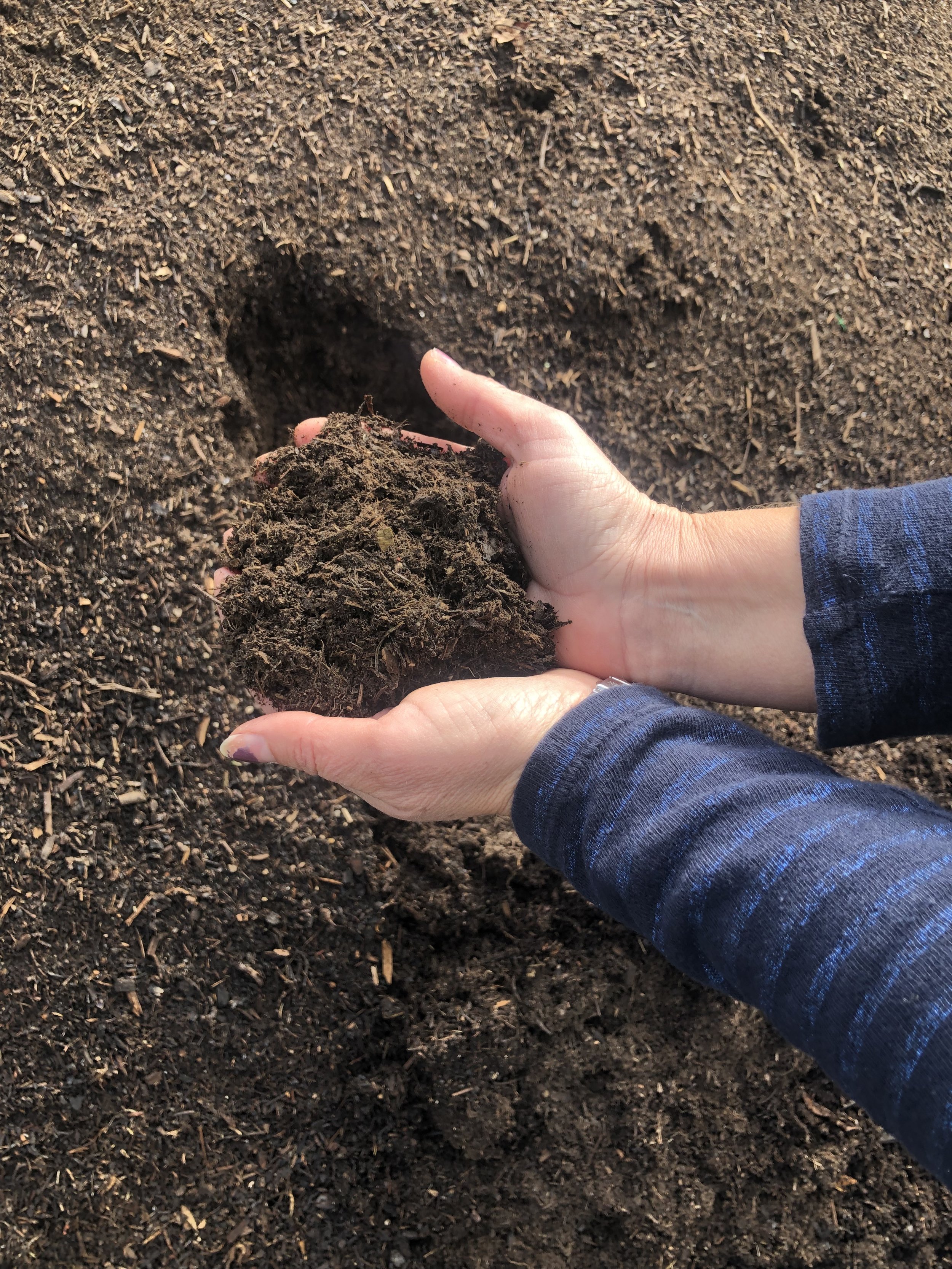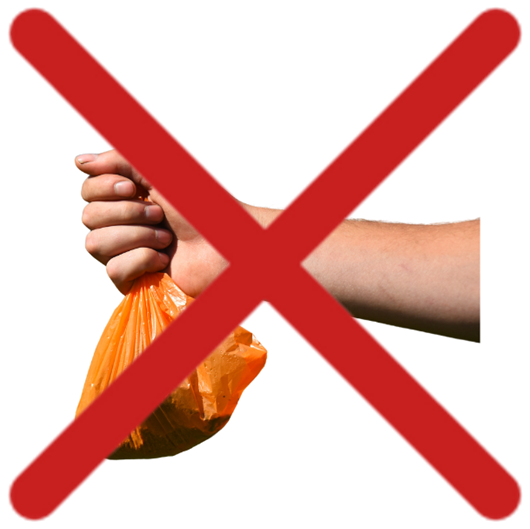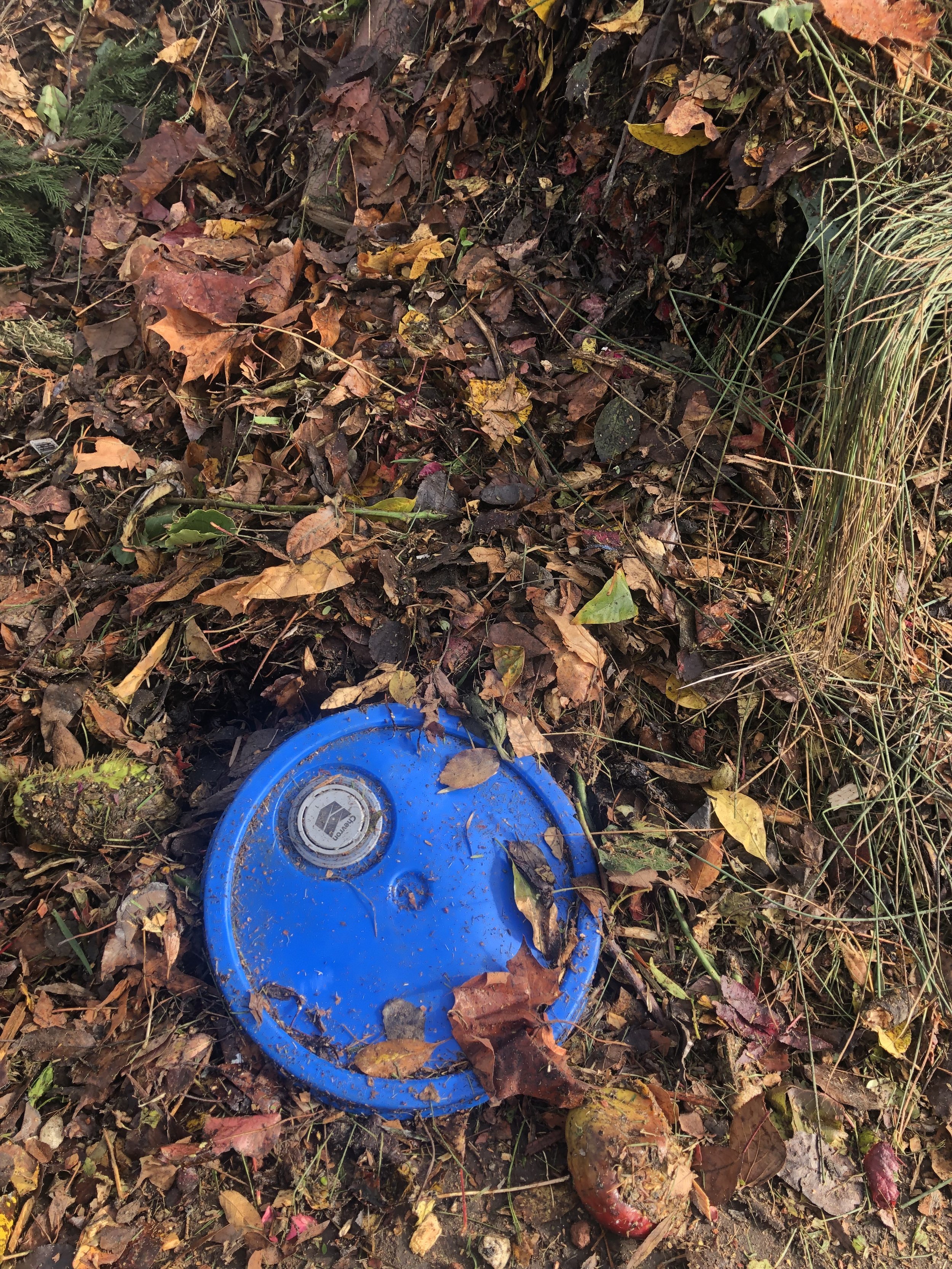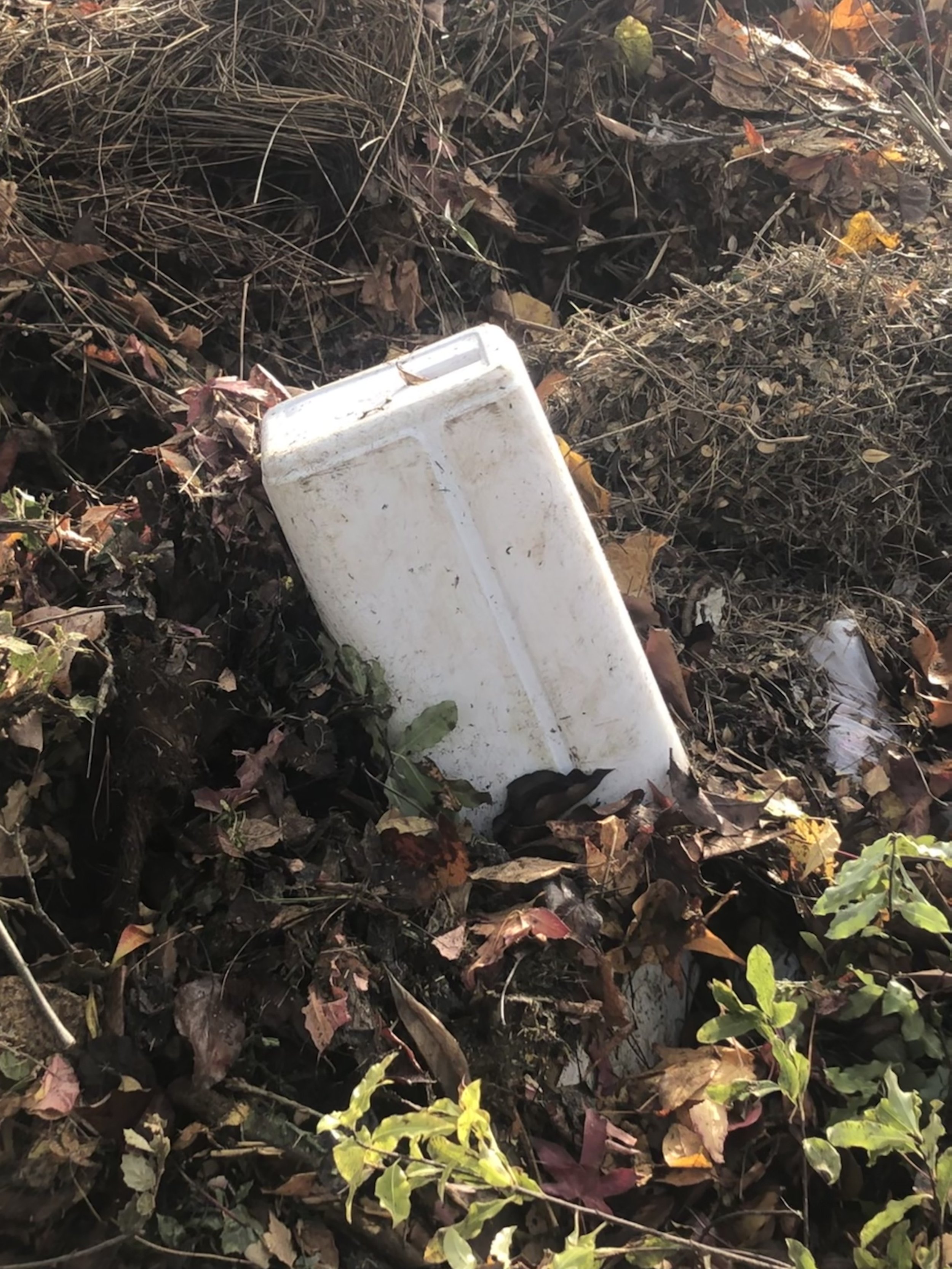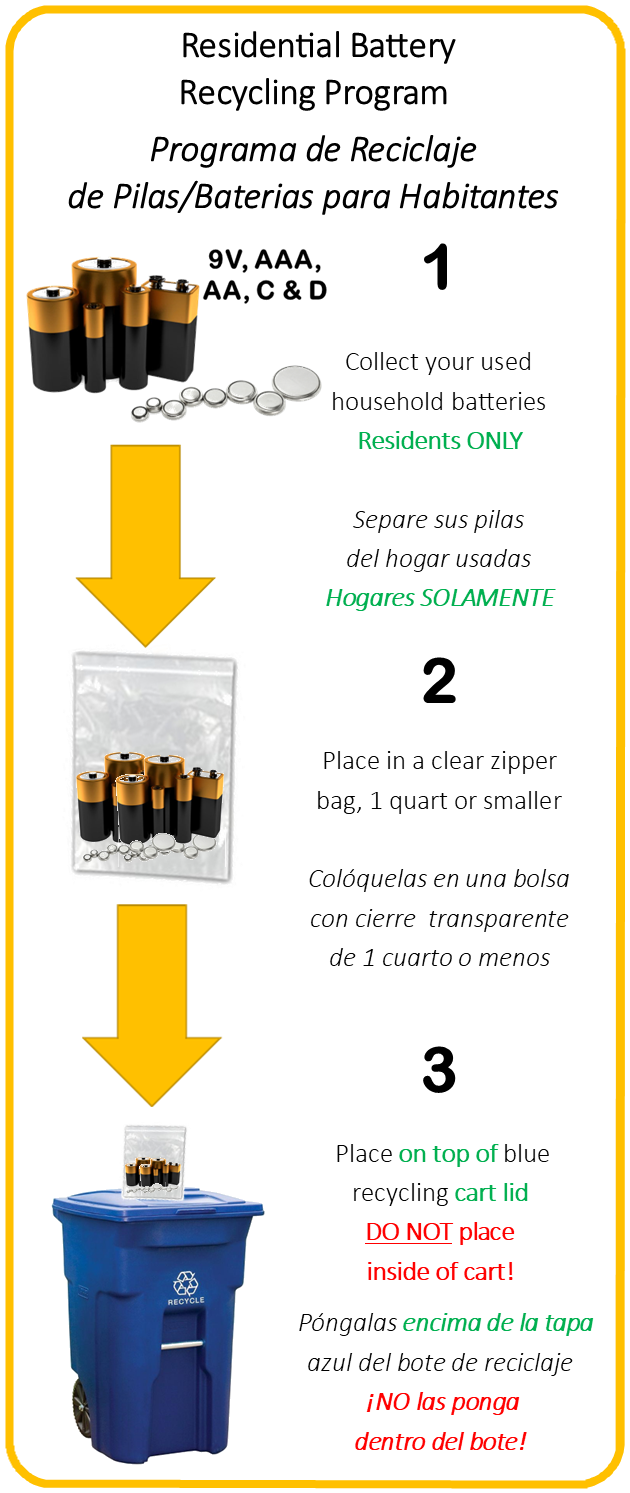Beyond the Curb–All About Recycling What Happens When We Recycle?
Quick Link: Download the Salinas Valley Recycles Recycling Guide Here
Beverage Container Recycling
On January 1, 2024, the State of California added a number of beverage containers and packages to the CRV (California Redemption Value) container deposit and recycling program. Below is a list of common beverage containers being charged a deposit for recycling under this program. Please review it carefully to ensure you recycle only approved containers.
Tri-Cities customers have two convenient ways to recycle beverage containers included in the CRV program. They can either place them in their blue curbside mixed recycling cart or take them to a local beverage container recycling center to receive a refund of the CRV deposit paid at the point of purchase.
Accepted in your blue mixed recycling cart or at a CRV refund and recycling center:
Single-serving aluminum cans & bottles
Single-serving plastic water & soda bottles
Single-serving glass beer, wine cooler, and non-alcoholic beverage bottles
Full-size glass wine & liquor bottles
Large plastic fruit and vegetable juice containers and water bottles
Plastic wine pouches (cut the top corner of the pouch & drain all liquid)
Paper cartons from wine, liquor, and pre-mixed cocktails
Bag-in-box wine packaging (see special handling instructions below)
See our recycling guide for other non-CRV containers accepted
Plastic milk jugs are not accepted at beverage container recycling centers but can be placed in your blue mixed recycling cart.
Special handling instructions for bag-in-box wine packaging
Recycling in your blue mixed recycling cart?
Separate the cardboard box from the inner pouch
Cut off the corner of the pouch and drain all liquid
Place the cardboard box and the empty pouch separately in the recycling cart
Recycling at a CRV recycling center?
Do your best to drain all liquid from the inner pouch through the port in the bag
Do not separate the cardboard box from the pouch (both pieces are required to receive your refund of the CRV deposit)
Take to an approved CRV recycling center for a refund of your deposit
Not acceptable in either program:
Juice pouches
Juice boxes
Click here to locate a nearby beverage container recycling center.
What Happens When We Recycle
Newspapers & Magazines
Shredded newspapers are put into a hydra-pulper and converted to a paste. Shredded magazines are added because the clay in the magazines helps to remove the ink. Screens are used to remove contaminants. The pulp is bleached and mixed with pulp from wood chips that have been added to strengthen it. The water is drained off. The pulp is flattened out and dried by steam-heated rollers. It is then trimmed and rolled up as white blank newsprint stock, later to be remade into newsprint.
Recycled newspaper is reprocessed into newsprint, wrapping paper, and manufactured into molded packaging. It can be shredded and added to fireproofing materials for blown-in cellulose insulation or sheetrock surfacing.
Cardboard
Corrugated cardboard is pulped and blended with new pulp from wood chips. The pulp is screened, rolled, and dried into two types of cardboard called medium (the ribbed inner layer) and liner board (the smooth outer layer). Both are sold to a boxboard plant to be formed into new corrugated cardboard.
Recycled cardboard is manufactured into medium, liner board, and paper for brown paper bags.
Aluminum
Aluminum scrap is ground or shredded into small chips before being melted and cast into molds. The molds are sent to manufacturing plants, where they are molded or rolled into sheets that can be shaped into various products.
Rolled sheets of recycled aluminum can be formed into many products, such as car bodies. Aluminum is also cast (molded) or extruded into many useful forms like soda cans.
Metal Cans
"Tin" cans are really tin-coated steel cans. The tin coating on steel cans is removed with a caustic de-tinning solution and then extracted from the solution by electrolysis. The remaining steel is rinsed, baled, and sold to a steel mill.
Tin and steel are separated. The recycled tin is used by the chemical and pharmaceutical industries, and the steel is remanufactured into cars, cans, and structures. Most steel products contain some recycled steel.
Glass
Recycled glass is remanufactured into glass containers and fiberglass insulation. Construction uses for glass include utility trench backfill, road base material, and glassphalt paving.
Plastics
Only certain types of clean plastic can be recycled. Tri-Cities accepts plastics numbered 1, 2, and 5 in our blue mixed recycling carts. Recyclable plastic containers must be empty, clean, and dry in order to be recycled. Plastic bags and film wrap are not recyclable in our system. Recyclable plastics are sorted, shredded, and screened for impurities (such as plastic or paper labels). They are then melted and reshaped into consistently-sized plastic resin pellets known as “nurdles.” These pellets can then be heated and reshaped into new plastic goods. It’s important to note that thin plastics, such as water bottles, “downgrade” during recycling, which limits their value and usefulness in the recycling marketplace. This is why it is important for consumers to use reusable beverage and food containers whenever possible.
Motor Oil
Recycled motor oil can be re-refined into motor oil and used to lighten bunker fuel, the heavy residue of virgin oil refining. It can be used in ship boilers, asphalt manufacturing plants, and cement and lime kilns for processing heat.
Yard Waste, Food Waste & Food Scraps
Diverting Organic Waste is the Law
State laws such as AB 1826 and SB 1383 restrict placing organic materials such as clean, unpainted wood, yard waste, food waste, and food scraps in California landfills. Landfilling organic materials creates the powerful greenhouse gas methane, contributing to the negative effects of human-generated climate change.
Who & How
Salinas Valley residential, business, restaurant, school, and multi-family complex customers have plenty of options for diverting landscaping and food materials from landfills. Residential customers can now place yard waste and food scraps in their green curbside collection cart. Restaurants, schools, and food service outlets can place food waste in the food scraps collection cart. Large food waste generators, such as food processors, can subscribe to roll-off dumpster and depackaging services. Commercial landscapers can deliver clean landscaping waste directly to the composting area at the Johnson Canyon Landfill or a transfer station in Salinas or Jolon (near King City).
How it’s Made
Clean organic materials are delivered to the compost area at the Johnson Canyon Landfill outside Gonzales, CA. There the materials are processed using various techniques. Packaged foods from processors, like bagged lettuce and salads in clamshells, are first run through a “depackaging” process that separates the food from the plastic packaging. Residential food and landscaping materials are sent directly to the static aerated piles to begin the composting process.
During the composting process, microbes naturally found in food and landscape materials heat up and become biologically active when water and air are introduced. The composting process produces high temperatures (a minimum of 131 degrees Fahrenheit is required) as the compost is broken down and sanitized in a natural process similar to pasteurization. The initial composting process takes about 30 days. After composting, the pile is screened to produce two unique end products. The final “curing” process can take up to 60 days.
The Finished Products
The result of the composting process is both mulch and compost. Mulch is a woody ground cover that retains soil moisture and prevents weeds from sprouting. Compost is organic matter that, through the composting process, is broken down to a fine consistency. Compost can be used as a valuable fertilizer and soil amendment in home gardens and commercial agriculture.
Preventing Contamination
The most frequent contaminants in the organics recycling stream are plastics and pet waste. Because compost is used to grow food, it is important that YOU do everything you can to prevent contamination in the compost stream. Never bag your food scraps; do not put pet waste or plastics in your food waste or organics cart.
To learn more about how to be successful in diverting your landscaping waste and food scraps from the landfill, visit the Salinas Valley Recycles website.
